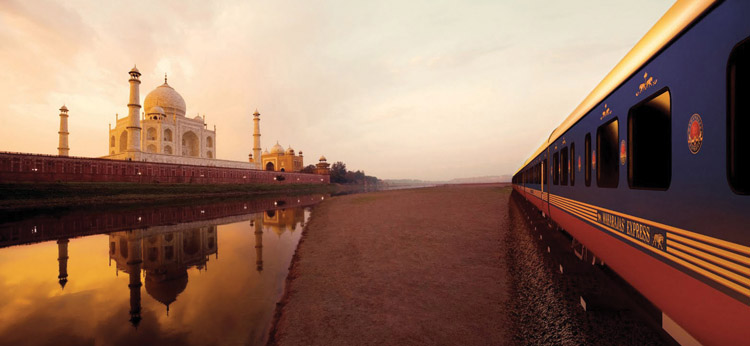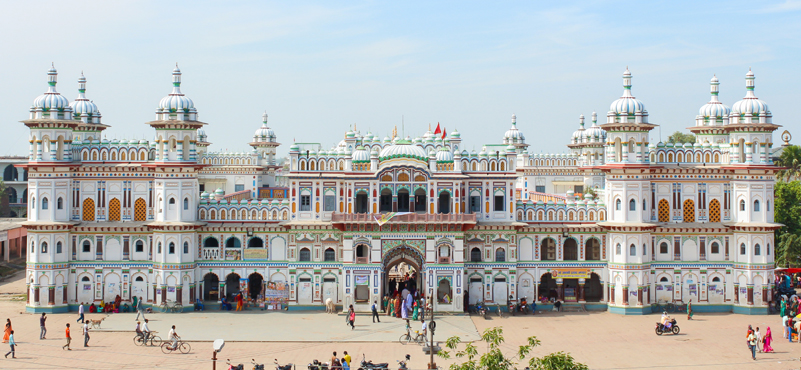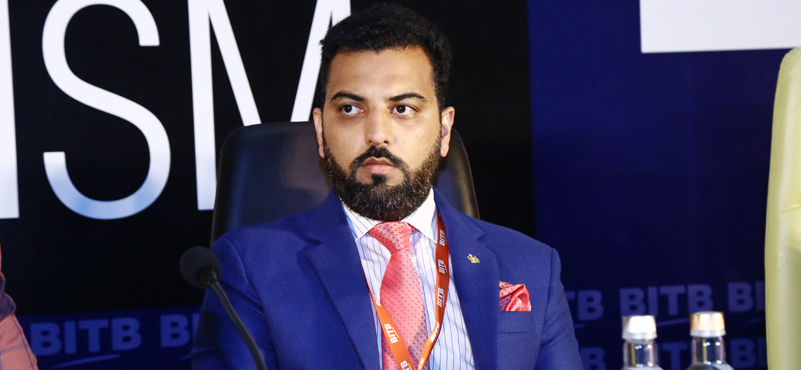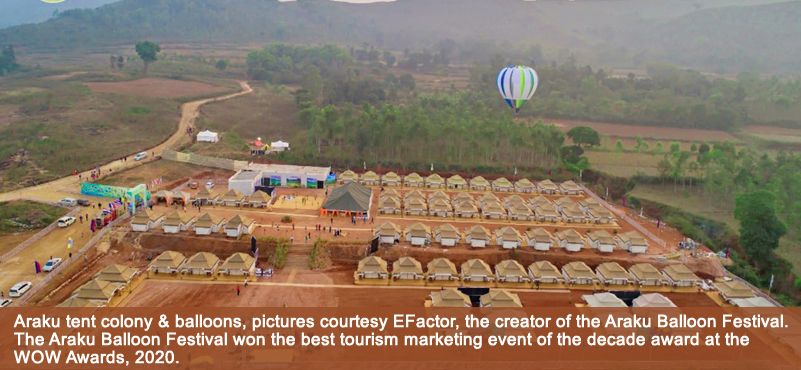Brushing aside concerns of low occupancy in luxury trains, A K Manocha CMD, IRCTC called it a global phenomena. Hoping to diversify earnings by operating Maharajas’ express in the off-season, he is also keen on venturing into MICE, weddings and chartered trip segment to boost IRCTC’s coffers. An exclusive with the CMD.
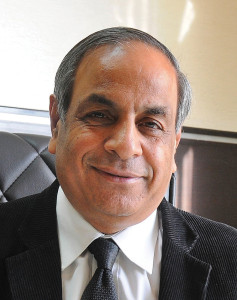 The business of running luxury trains has been a tricky affair given the successive losses incurred by operating parties. Issues of occupancy, exorbitant pricing, and lack of visibility in the domestic markets could be some of the major reasons for its failure to emerge as a viable business proposition. A K Manocha CMD, IRCTC shared his understanding on the business of running luxury trains by saying that the idea of luxury train tourism in India was essentially confined to a handful of states – which were being jointly run by the Ministry of Railways and the respective state. Noting that, maybe, domestic travelers were not very forthcoming in luxury tourism, he said “A person willing to travel for a week in luxury, all through a train is not a common phenomena, yet. People in India are used to very inexpensive travel. Fact remains that domestic travellers would prefer a Shatabdi or a Taj express over a luxury train to go to Agra.”
The business of running luxury trains has been a tricky affair given the successive losses incurred by operating parties. Issues of occupancy, exorbitant pricing, and lack of visibility in the domestic markets could be some of the major reasons for its failure to emerge as a viable business proposition. A K Manocha CMD, IRCTC shared his understanding on the business of running luxury trains by saying that the idea of luxury train tourism in India was essentially confined to a handful of states – which were being jointly run by the Ministry of Railways and the respective state. Noting that, maybe, domestic travelers were not very forthcoming in luxury tourism, he said “A person willing to travel for a week in luxury, all through a train is not a common phenomena, yet. People in India are used to very inexpensive travel. Fact remains that domestic travellers would prefer a Shatabdi or a Taj express over a luxury train to go to Agra.”
Sharing that there were thirteen luxury trains in the world, and India, currently, had five of them, he said that, “it is essentially created for the high-end luxury consumers, but we do come up with discounted tariffs to attract more passengers.” He informed that IRCTC had decided to run Maharajas’ Express in the off-season this year. “We will work out packages which will be cheaper. The issue remains that most of these packages are generally not availed by domestic tourists. Perhaps, it is yet to catch the fancy of domestic travellers,” he opined. On the question of low occupancy ratio, we were told that most of their guests were foreigners coming from distant shores like the USA, the UK, Japan, France and Turkey. “Occupancy in all the luxury trains in India is not very high anyway, and, so is the case world over. Any occupancy ranging around 60 percent is considered excellent for luxury trains globally,” he shared.
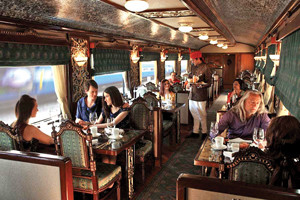 Adding that the Palace on Wheels was the only train in the world to have touched a hundred percent occupancy for a few years, he told us that “Despite all odds, we still command the largest booking share, as far as luxury train travel is concerned. We have a share of almost 45 percent of total bookings.” However, he did concede that profitability just was not there. “It cannot happen in matter of months. The issue remains that to get sixty percent occupancy is not that easy. We have a carrying capacity of around 84 passengers and the fare is inclusive of five star dinning, accommodation and local travel,” he said, referring to their inability to slash prices to a great extent.
Adding that the Palace on Wheels was the only train in the world to have touched a hundred percent occupancy for a few years, he told us that “Despite all odds, we still command the largest booking share, as far as luxury train travel is concerned. We have a share of almost 45 percent of total bookings.” However, he did concede that profitability just was not there. “It cannot happen in matter of months. The issue remains that to get sixty percent occupancy is not that easy. We have a carrying capacity of around 84 passengers and the fare is inclusive of five star dinning, accommodation and local travel,” he said, referring to their inability to slash prices to a great extent.
Attributing a number of factors that needed to be taken into account, when one looked at the economics of running a luxury train, he told us that the cost involved in maintenance was exorbitant. “We had requested the Ministry of Railways to cut down the lay-off time meant for maintenance, and they have agreed to it. So, we will run it in the off-season as well. We are even looking at newer avenues like MICE, conferences, weddings and chartered trips,” he said. Adding that they were exploring putting in place packaged tours, he said “We are trying to diversify our income without cutting down on the element of luxury that has come to define us.”
Noting that the conundrum lied in finding a balance between pricing and luxury, he said “the USP of our train is exclusivity. Somebody who wants exclusivity would not want too much crowd and commotion.” Indicating the enormity of the challenge in creating profitability without compromising world-class hospitality and service, the CMD said “We cannot lower the prices to the extent that we lose that element. It is, indeed, a tough call to take. But, as of now, we are doing alright. Other luxury trains plying in India are not doing very well in the financial sense,” he added. Agreeing to the notion that Luxury train travel could be made profitable, he said “I do not deny that; but, we have been in the business for only four years, now, and we have been awarded the most luxurious train by the WTA. So, I think it is a solid start, and we will better it in days to come,” he confidently added.
IRCTC was now looking at newer means to diversify their income, we were told. Referring to their recently launched Buddhist circuit train, he shared that they were keen on strengthening their presence in the mid-segment to augment profits. “We have launched a number of new initiatives like the heritage and desert special trains aiming to bring on board mid-segment travellers, as well. Now, one can even opt for a LTC, and with the inclusion of air-packages, we hope business will pick up,” he told us. Adding that the initial response has been very encouraging for them, he said “In the desert special, we cover Jaipur and Jodhpur; Buddhist special train covers Khajuraho and Varanasi.”
Business aside, we are doing our bit to help achieve national priorities
The CMD pointed towards a plethora of engagements undertaken by the IRCTC to further national priorities. “Aggregators, vendors and SHGs are being given adequate space to display their products on our website. National programs like ‘Make in India’ are being furthered through steps like inducting luxury coaches manufactured domestically,” he said. Referring to the recently unveiled first luxury coach in Bhopal, by the Ministry of Railways, he hoped that it would be inducted into operations shortly. “The interiors of luxury trains are also being created domestically – which will, of course, create employment, besides boosting national pride,” he added.
Mentioning that the IRCTC had looked into installing heavy-duty RO water dispensers which helped travellers and locals, alike, to avail very cheap and clean drinking water, “Providing hygienic meals was, also, one of the important undertakings,” he said. Referring to the concept of ‘Janta Aahar’ – which was essentially food vans which catered to economy segment seeking fulsome meals – he said “of course, it is not very elaborate in menu, but offers substantial quantity of food at an unmatched pricing.”
Looking at ways to enhance e-catering; expanding e-commerce remains high on our agenda
Divulging the future course of action, CMD shared that IRCTC intended to become a formidable e-commerce player in the long run. “We understand that e-ticketing has its own limitations,” he said. Informing that they had started ‘food on track’ by roping in reputed catering companies, we were told that “although, integrating them with our website is a lengthy affair, we have managed to rope in 85 aggregators – with some of the big names like Haldiram’s, Dominos and Food Panda – into our system.” He said that the Ministry of Railways had agreed to their suggestion of introducing it, irrespective of whether passenger trains were equipped with pantry cars or not. “For now, the facility is available at 45 stations – including Rajdhani and Shatabdi express. The registration fee has been kept very low and we are mooting further lowering charges to encourage enhanced participation,” he told us. “However, the integration cost, still, remains very high. We are looking into it,” he added.
Giving further insight into the steps taken by the IRCTC to enhance consumer experience, he told us that they had heavily invested in improving existing infrastructure to better serve consumers. “With the help of CRIS and the Ministry of Railways, we have streamlined e-ticketing, upgraded hardware and software components for faster bookings and payments. In fact, we are investing close to 180 crores to upgrade the current software,” shared the CMD. “However, it will remain to be an ongoing process as the IT is constantly evolving. It is sad to see certain sections of the society making a hue and cry about a minuscule escalation in the convenience charge,” he shared with us.
Noting that there was a steep rise in the number of online ticket booking users with the numbers touching almost 55 percent of the total ticket bookings, he suggested that it was a quantum leap from last year’s figure of 37 percent.
He believed that the process of making their online presence more vibrant was an ongoing one; he pointed towards their efforts in incorporating e-catering and tourist packages on to the website. He also mentioned some of the steps taken to make stations user-friendly. “In a bid to improve facilities at railway stations and to make them user –friendly, we have donated a number of battery-operated golf carts and wheel-chairs, besides funding their utilization and maintenance,” the CMD said. Adding that they had kept in mind the growing demand for e-bed rolls, he shared that “e-bed rolls which can be repeatedly used – are being introduced, allowing the passenger to pre-order bedding at a very affordable pricing. Stitched from bio-degradable material made of linen, it is sure to enhance consumer satisfaction.”

